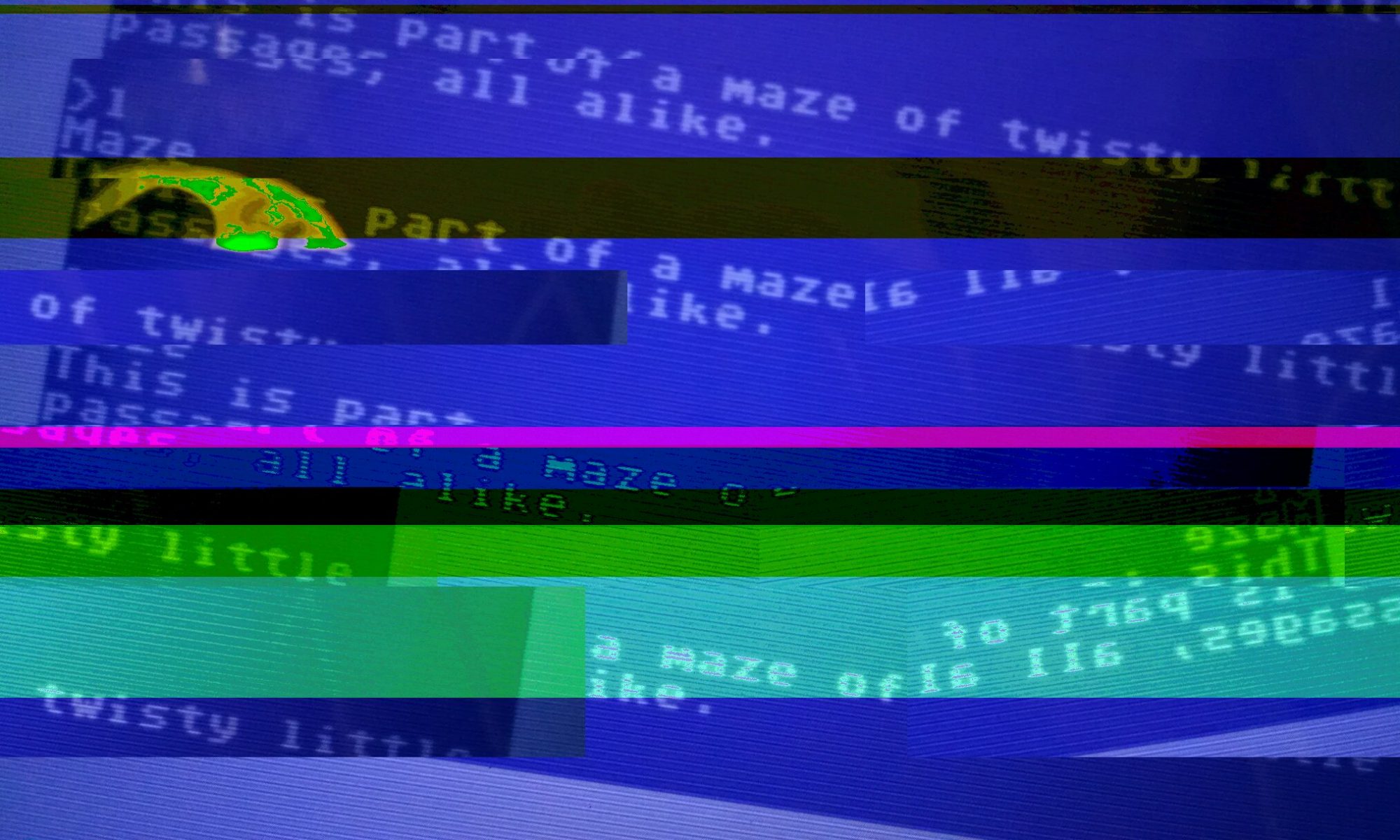I found “Dakota” to be a really fascinating and engaging piece of literature, but the work itself, and our reading pertaining to it, left me with some questions about its deliberate inaccessibility.
I found our reading’s point about “Dakota’s” deliberate difficulty encouraging close reading to be well-argued, but I can’t say it had me entirely convinced. I enjoy reading poetry, and I always do it with a pencil in hand, marking various literary devices and making constant notes to myself. I read the poem a minimum of two, if not three times (and possibly many more, depending on its difficulty). “Dakota” took everything I knew about reading poetry and flipped it on its head. There was no slow, purposeful reading. No marking up the text. I found myself more focused on simply trying to keep up with the words flashing across the screen than making meaning. “Dakota,” at least for me personally, did not encourage close reading. However, I will be the first to admit that Pressman is clearly a lot more knowledgeable about poetry than I am, and that my failure at close reading may have been more of a function of my own shortcomings as a reader than of the text itself.
However, in my personal, subjective experience of “Dakota,” I think this inability to close read may have been the point. “Dakota,” to me, called into question our entire practice of reading poetry. “Dakota” suggested that the way we’ve been taught to read – slowly, deliberately, and carefully – is limiting. Not all works are meant to be experienced that way. For “Dakota,” the form is just as important as the content. The stark contrast of the black flashing text and white background, the frenetic drum beat, the anxiety a reader feels when she can’t keep up with the text are all as integral to the experience of reading “Dakota” as the text itself.
To me, the inaccessibility of the text had a purpose. Before I read the article and learned “Dakota” was a reworking of Ezra Pound’s “Cantos,” the poem to me seemed to be about youth. Youth is characterized, in many ways, by speed and urgency. Everything feels intense and immediate. Much of the experience of being young is a sort of confusion, trying, and often failing, to cobble together meaning and understanding from limited experience. Reading “Dakota” mirrored that experience. As a reader, I wanted the text to slow down. I wanted someone to tell me what was going on. I was trying and failing to keep up with the progression of the poem, plagued by a nagging feeling that I was missing something extremely important, that if I didn’t catch every word and detail, the whole point of the piece would be lost. None of that experience came from the text itself, but rather the delivery of it. Had I read “Dakota” the way I would traditionally read poetry, I would have lost that layer of meaning entirely.

I think digital literature in general has a way of questioning our traditional reading practices and playing with our balance between form and content. While I do agree that there is a lot of close reading to be done in “Dakota,” plenty of allusions to tease out and the like, I think the work calls into question our entire conception of what it is to “read” a poem. I believe “Dakota” encourages us to read our experience far more than the text itself.
